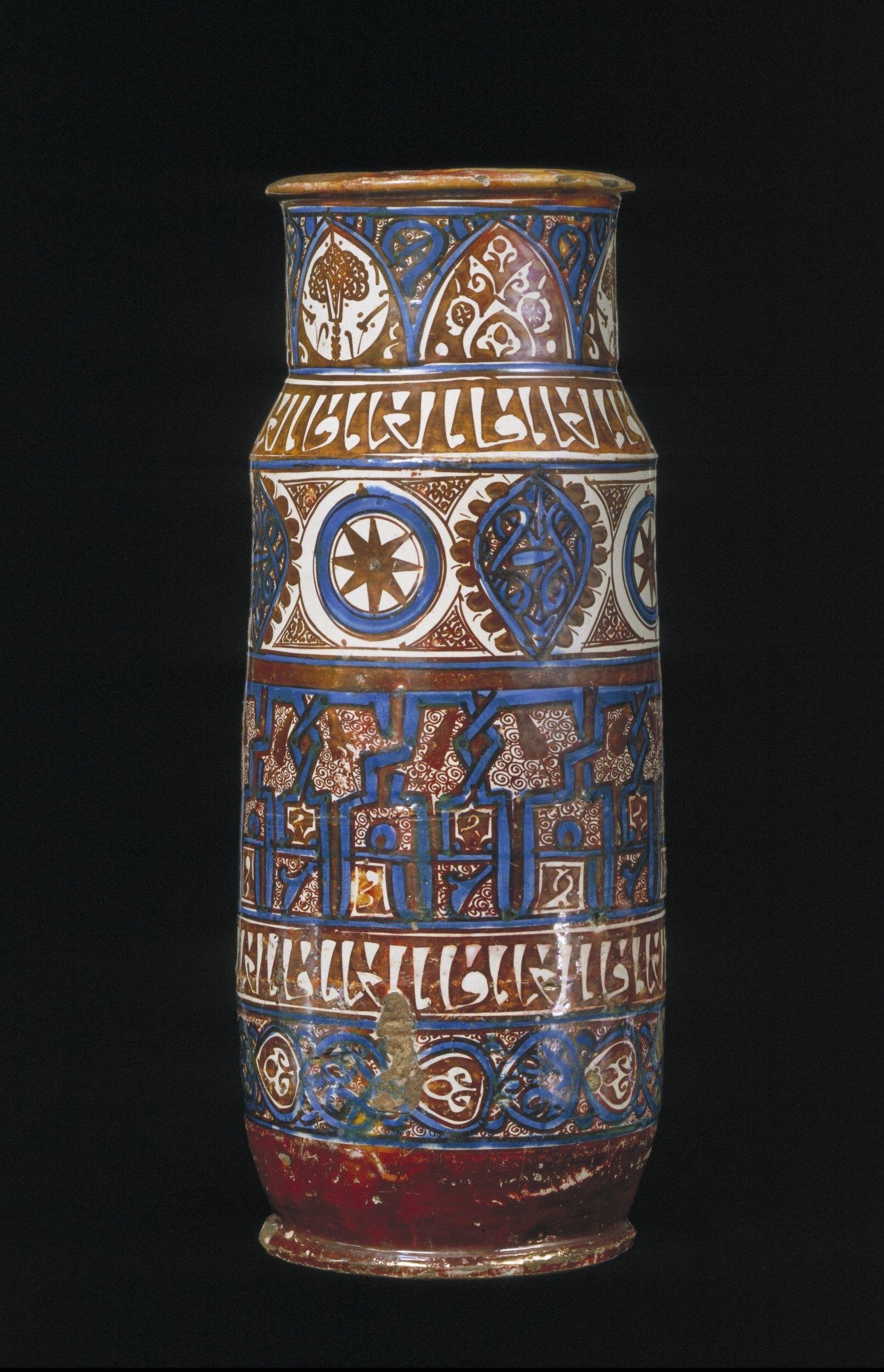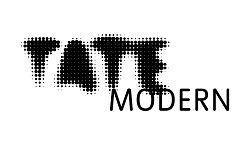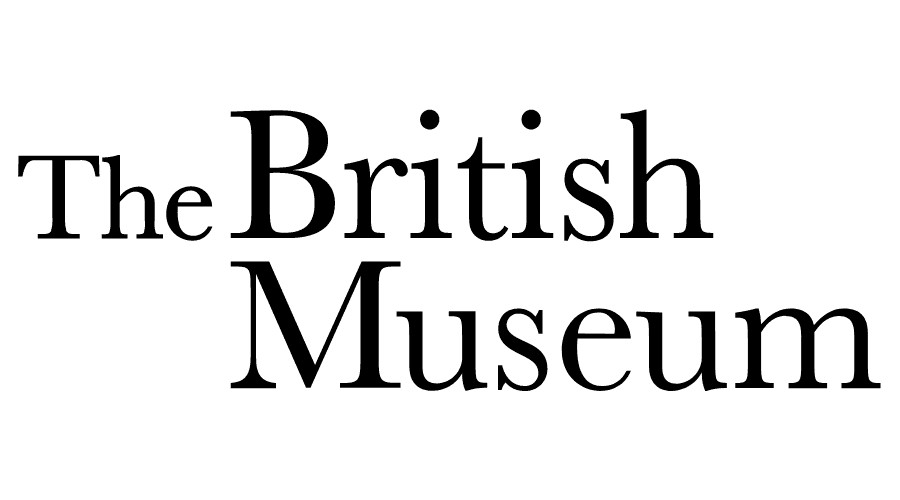Exposicions
Guia d’art valencià als museus de Londres
L’ampli ventall de museus de Londres fa gairebé impossible una guia completa i precisa de l’art valencià exposat al públic o en els magatzems d’aquests centres culturals. La majoria de museus del món ensenyen una part de les seves col·leccions al mateix temps que algunes obres es mostren de forma permanent. Per tant, aquesta guia és un “work in progress” que intenta recollir tot allò que vincula, creativament, al País Valencià.
Alguns museus són molt específics en els seus objectes com ara els d’art: la National Gallery mostra l’art produït –majoritàriament en dues dimensions- des de l’Edat Mitjana fins a 1900; Tate Modern recull l’art internacional (no britànic) des de, més o menys, 1900 fins ara. Altres com el Museu Britànic inclou obres de molta mena: arqueologia, orfebreria, ceràmica, indumentària, arquitectura o antropologia per nomenar algunes disciplines; algunes d’aquestes coincideixen amb les del museu Victòria & Albert d’Arts Decoratives, un concepte, el d’Arts Decoratives que abasta també des de l’art gràfic i pòsters fins aparells industrials.
![]()
Francisco Ribalta (1565-1628) va nàixer a Solsona, però a partir de 1599 va establir-se a València on va crear escola en el seu fill Juan Ribalta i el seu gendre Vicent Castelló a més d'Antonio Bisquert i Josep de Ribera Lo Spagnoletto.
“The Vision of Father Simon”. Sala 30, exposada permanentment al costat d’obres icòniques de Diego Velázquez y de Bartolomé Esteban Murillo.
Josep de Ribera (1591-1652) va nàixer a Xàtiva, va aprendre a València amb Francisco Ribalta abans de marxar a Itàlia on va instal·lar-se guanyant-se el nom de “Lo Spagnoletto”.
“Jacob with the Flock of Laban”. Sala 30 en exposició permanent.
“The Lamentation over the Dead Christ”. Sala 30 en exposició permanent.
“An Apostle”. Sala 30 en exposició permanent.
Joaquim Sorolla (1863-1923). Tot i ser el mestre de la llum, la National Gallery va comprar l’única obra de les seues col·leccions en juny de 2020 per 400.000 euros, després d’una exitosa exposició en 2019.
“El borratxo, Zarauz”. Sense exposar.
Art.

Retaule de Sant Jordi del Centenar de la Ploma: L’obra sobre fusta mereix lloc destacat perquè se la coneix com l’Acta de naixement del poble valencià. Pintada pel Marçal de Sax cap a l’any 1420 per encàrrec de la milícia del Centenar de la Ploma, formada per un centenar de cavallers ballesters que protegien la ciutat de València i la senyera del Regne; duien una ploma de garsa en el seu casc per identificar-se o distingir-se. El retaule va adornar l’altar de la capella de Sant Jordi, patró dels ballesters, al costat d’on tenien la seu a València. A més de la iconografia religiosa pròpia de l’època meticulosament reproduïda (des d’evangelistes fins al martiri del sant), l’obra d’art representa la batalla del Puig de l’agost de 1237, el triomf que va facilitar l’entrada de Jaume I a la ciutat de València al cap d’un any, el 9 d’octubre de 1238 declarant la victòria del regne cristià.
Roman exposada al públic des que va arribar al museu al segle XIX fins avui. Sala 48ª, Raphael Gallery
El concepte d’Arts Decoratives del museu V&A esgarrapa la funció de la National Gallery de preservar l’art clàssic internacional. En els magatzems guarda el quadre “La Posada” de José Benlliure i Gil (València 1858-1937).
Francisco d'Osona (1465-1514) nascut, probablement a València on va treballar i va estar actiu artísticament.
“The Adorationof the Magi”, de 1505 a 1513. Sala 64, vitrina 1, prestatge 3, caixa WN.
Pòsters i art gràfic.
L’esperit i l’art d’avantguarda, més que peces concretes, de Josep Renau (1907-1982) és present en l’exposició permanent de pòsters i art gràfic amb la Guerra Civil espanyola com a raó.
“Toda la Juventud unida por la Patria”, litografia en color com a exemple de la sèrie exposada de forma permanent i en les col·leccions no exhibides. Pòster produït a València l’any 1937 per l’editor Ortega i dibuixat per Cervigón. Sala de Dibuixos I Obra impresa, tercer pis, vitrina Y, prestatge 85, caixa 35.

Ceràmica
Les mostres de ceràmica procedent de València que pertanyen al museu es compten en centenars, de les quals se n'exposen vàries dotzenes.
Rafael González Valls dels anys 1850-51 de la fàbrica de Rafael González Valls de Manises pengen per les escales del museu diverses peces. Escala G, vitrina WW.
Conjunt de plats de 1430-1470 de Manises; de fang esmaltat o envernissat i pintats en diferents colors amb motius decoratius. Sala 63, vitrina 8.
Jerro de 1860-1900 de Manises; de fang envernissat i pintat copiant un del conjunt conegut com a “Jerros de l’Alambra” fet al segle XIX. Adquirit pel museu en 2008. Sala 139, vitrina H1, prestatge 4.
Teula o maniseta: Una de les moltes exhibides o emmagatzemades, de petites dimensions, que te el museu, mostra la figura d’un gos; de 1400-1430; de fang i esmaltada en blanc i blau. Sala 137, vitrina 34, prestatge 8.
Teula dividida per la meitat de 1500-1530 de València. Fang envernissat i pintat en blanc i blau; la meitat triangular (d’un quadrat ixen dos triangles) en fons blanc i figura blava I l’altra meitat a l’inrevés: fons blau i figura en blanc. Sala 137, vitrina 34, prestatge 8.
Teula rectangular de mides poc freqüents: 31cm d’ample; 14.5 d’alçada; 3 cm de gruixut; de començaments del segle XVI, de València; de fang envernissat i, com la majoria, d’autor desconegut. Pintada amb motius decoratius i peixos. Donació de W.L. Hilburgh. Sala 137, vitrina WS.
Tassa amb tapadora en figura de dona del segle XIX de València; de fang esmaltat i pintada de color marró i motius decoratius sobre color blanc; nanses; tapadora; i base. Sala 137, vitrina 34, prestatge 5.
Orfebreria.
Ni les peces d’orfebreria ni el carretó de rodes per servir menjar i beure, fet en metall i vidre, dissenyat per Javier Mariscal, s’exposen al públic de forma permanent.
Peça de ferro, de 1700 de València. Una estructura de potes de ferro i cercle que servia per a col·locar un plat. Sala 114a, vitrina 1, prestatge 2. Artista desconegut.
Joieria
Pinta de 1865-1870 de València, de coure coberta de plata amb motius decoratius. Sala 91 a 93, vitrina 74, prestatge A, caixa 1.
Broxe o penjoll de creu de 1800-1870 de València, de plata i pedres verdes o maragdes. Sales de 91 a 93, vitrina 73, prestatge C, caixa 1.
Agulles de cabell de 1865-1870 de València, de plata i pedres verdes o maragdes. Sala 91 a 93, vitrina 74, prestatge A, caixa 9.

El museu d’art internacional va incloure gran presència valenciana en l’exposició The World goes Pop amb obres de l’Equip Crònica, Equip Realitat, Estampa Popular, Ángela García i Isabel Oliver. Però cap d’ells ha passat a ser exposat de forma permanent.
Cristina de Middle nascuda a Alacant l’any 1975, fotògrafa, té una trentena d’obres en les col·leccions de la Tate, adquirides en 2017 i 2018, tot i que cap s’exposa de forma permanent. La primera exposició de fotografia que va fer el museu d’art modern va fer-se sota la direcció del valencià Vicent Todolí que va dirigir el museu de 2002 a 2009.

Art.
Dibuixos dels valencians Juan Ribalta (1610-1628), Vicente Salvador Gómez (1637-1680) o José Camarón i Boronat (1752-1760) formen part de la col·lecció del Museu Britànic sobre temes com els pregons de Sant Vicent Ferrer tot i que no estan en exposició permanent.
Art gràfic.
De José de Ribera (1628) i de Vicente López i Portaña (1814) el museu compta amb obra gràfica de temes socials com “El begut” de Ribera o polítics com “España e Inglaterra contra Francia”. Produccions que no s’exposen de forma permanent i són únicament un indicador dels centenars d’obres en paper procedents del País Valencià que acull el museu.
Ceràmiques.
La mostra més gran d’objectes valencians en el museu es troba en 29 peces de ceràmica que es mostren a les sales; de G42 a G46.
Monedes i Medalles.
El museu disposa d’un servei de sol·licitud per veure peces del Departament de Monedes i Medalles on hi ha grapats procedents del País Valencià; disposa d’una sala (Study Room) per ensenyar-les i explicar-les. Cal concertar cita a través de: coins@britishmuseum.com
Escultures.
Anònima Bust romà de marbre localitzat a Monforte del Cid en el decurs de la construcció del ferrocarril d’Alacant a Almansa en 1854. No és en exposició permanent. Un exemple del conjunt de peces que guarda el museu procedent o produïdes en el País Valencià i que omplen els magatzems del Museu Britànic.
